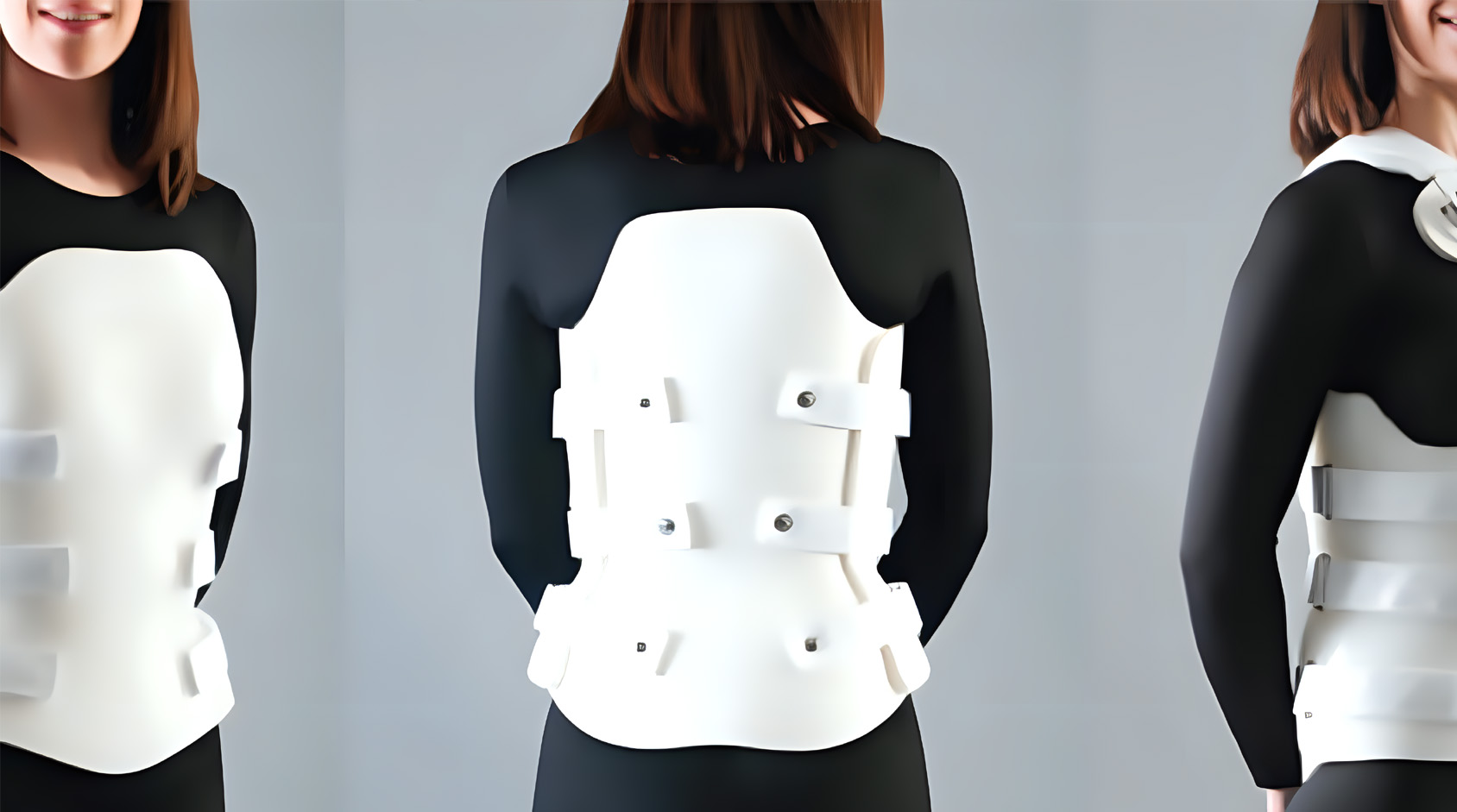
Spinal orthotics, also known as spinal braces or orthopedic back braces, are specialized medical devices designed to provide support, stabilization, and correction for various spinal conditions and injuries. These orthotic devices are used to address a wide range of spinal disorders, alleviate pain, improve posture, and support the spine during healing. Here's a description of spinal orthotics.
The primary purpose of spinal orthotics is to provide support and alignment to the spine, including the cervical (neck), thoracic (upper/mid-back), and lumbar (lower back) regions. They are custom-fitted to the individual's anatomy and condition, helping to prevent excessive movement, strain, and pain.
Spinal orthotics come in various types, including
LSOs provide support and stabilization to the lumbar spine and sacrum, commonly used for conditions such as lower back pain, herniated discs, or post-surgical recovery.
TLSOs provide support and stabilization to the thoracic and lumbar spine, often used for conditions like scoliosis, fractures, or post-surgical rehabilitation.
These are rigid or soft neck braces used to immobilize and support the cervical spine. They are employed in cases of neck injuries, whiplash, or following cervical spine surgery.
Some spinal orthoses are custom-fitted to the individual's specific condition, such as custom scoliosis braces for those with scoliosis.
Many spinal orthotics are custom-fitted to ensure a precise and comfortable fit for the individual. Custom orthotics are tailored to the person's unique anatomy and condition.
Spinal orthotics play a crucial role in the recovery and management of various spinal injuries, including fractures, dislocations, and degenerative spinal conditions. They provide the necessary support for healing while minimizing pain and discomfort.
Spinal orthotics can help improve and maintain proper posture by supporting the spine and limiting excessive movement. They are used to alleviate pain caused by poor posture, scoliosis, or kyphosis.
Individuals with chronic spinal conditions, such as spinal stenosis or ankylosing spondylitis, can benefit from spinal orthotics. These devices can reduce pain, enhance spinal function, and improve overall quality of life.
Spinal orthotics can effectively reduce pain and discomfort associated with various spinal conditions. By providing support and alignment, they alleviate strain on the spine.
The selection, fitting, and monitoring of spinal orthotics are typically managed by orthotists, healthcare professionals who specialize in orthotic devices. They ensure that the orthotics are correctly adjusted to maximize effectiveness and comfort.
Spinal orthotics are essential tools for individuals recovering from spinal injuries, managing chronic conditions, improving posture, and supporting the spine during healing. The appropriate selection, fitting, and adjustment of orthotics are crucial for ensuring they meet the specific needs of the individual's condition and lifestyle. Consultation with a healthcare provider or orthotist is recommended to make informed decisions about spinal orthotics.
Ask The Expert